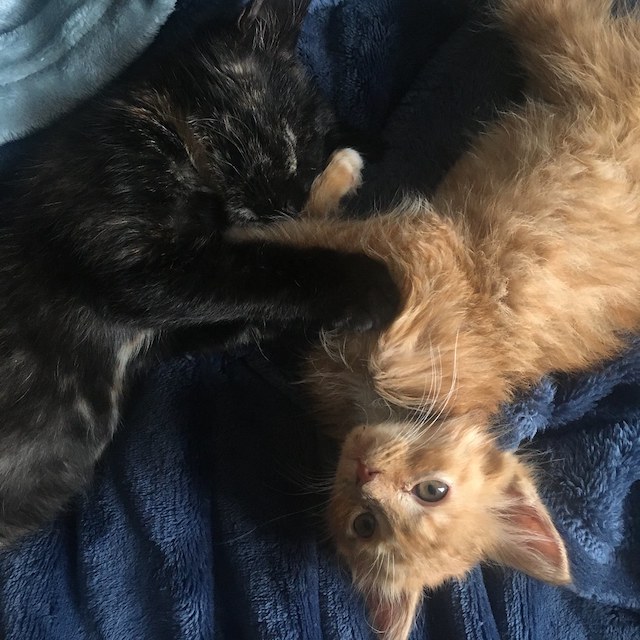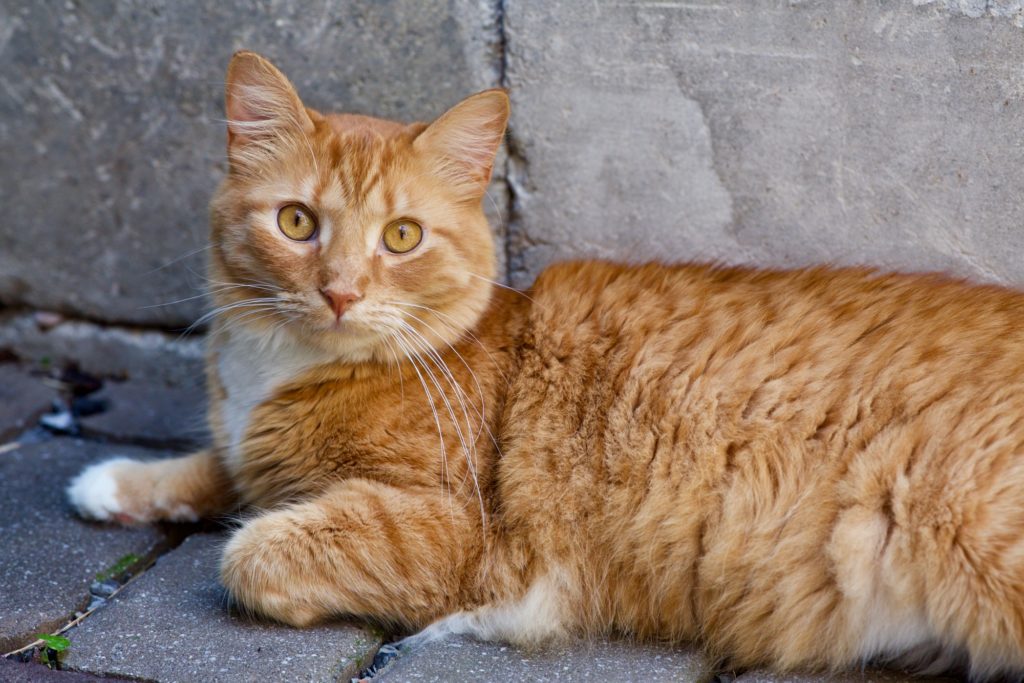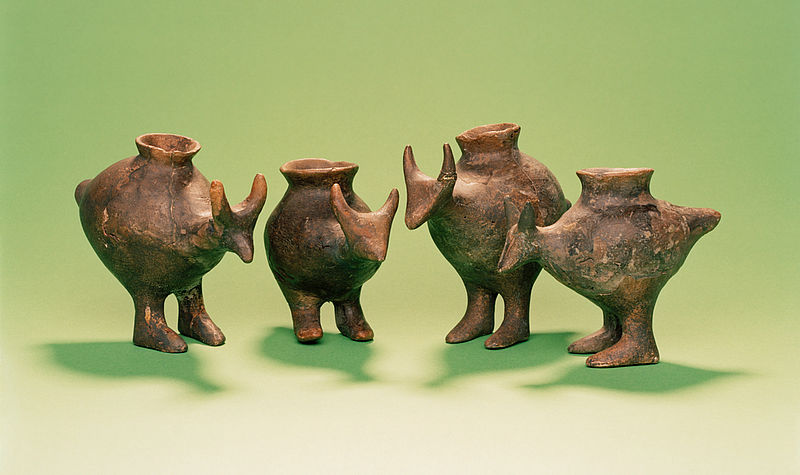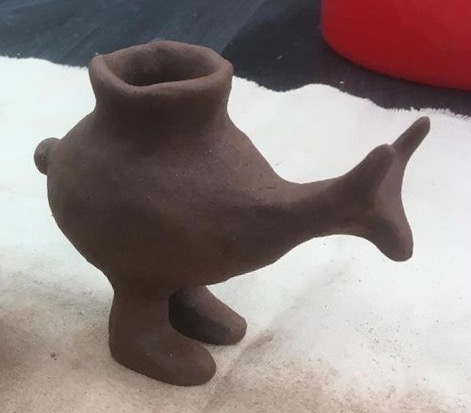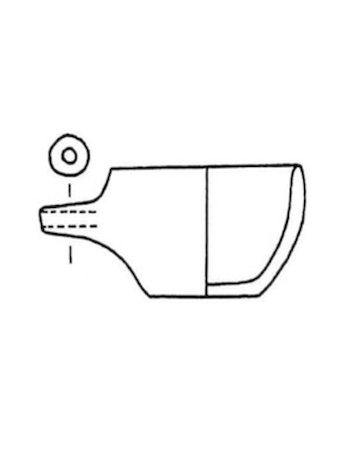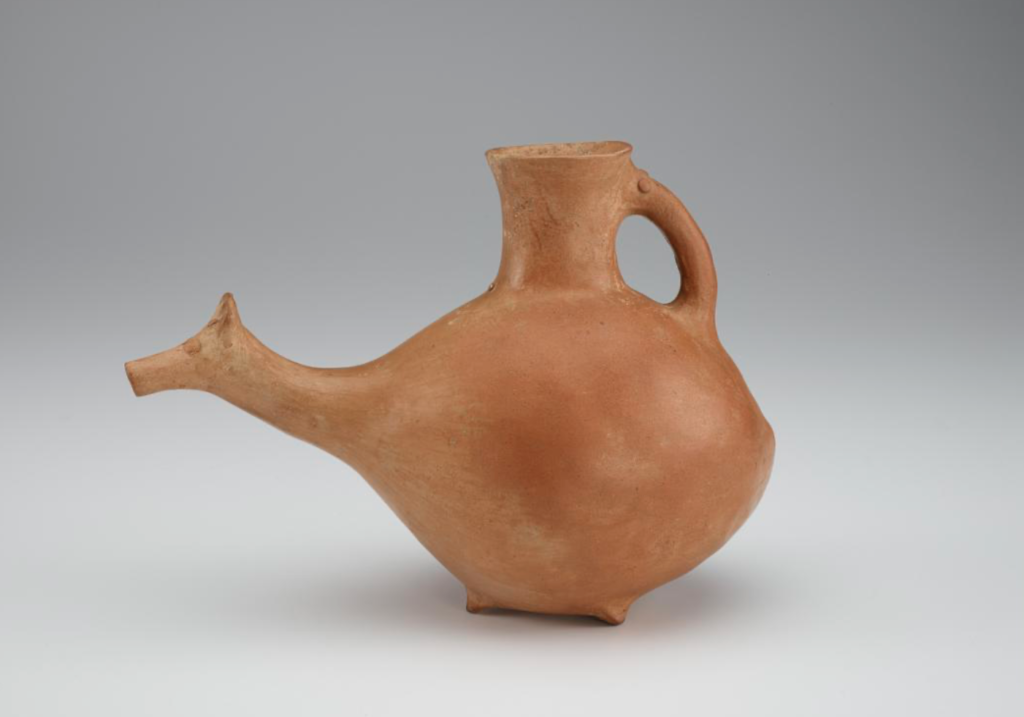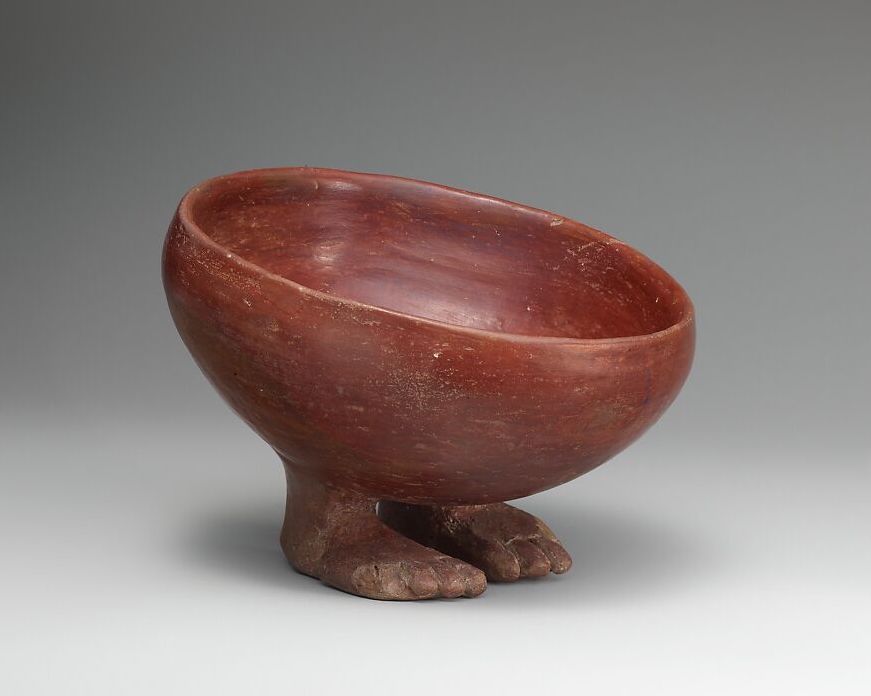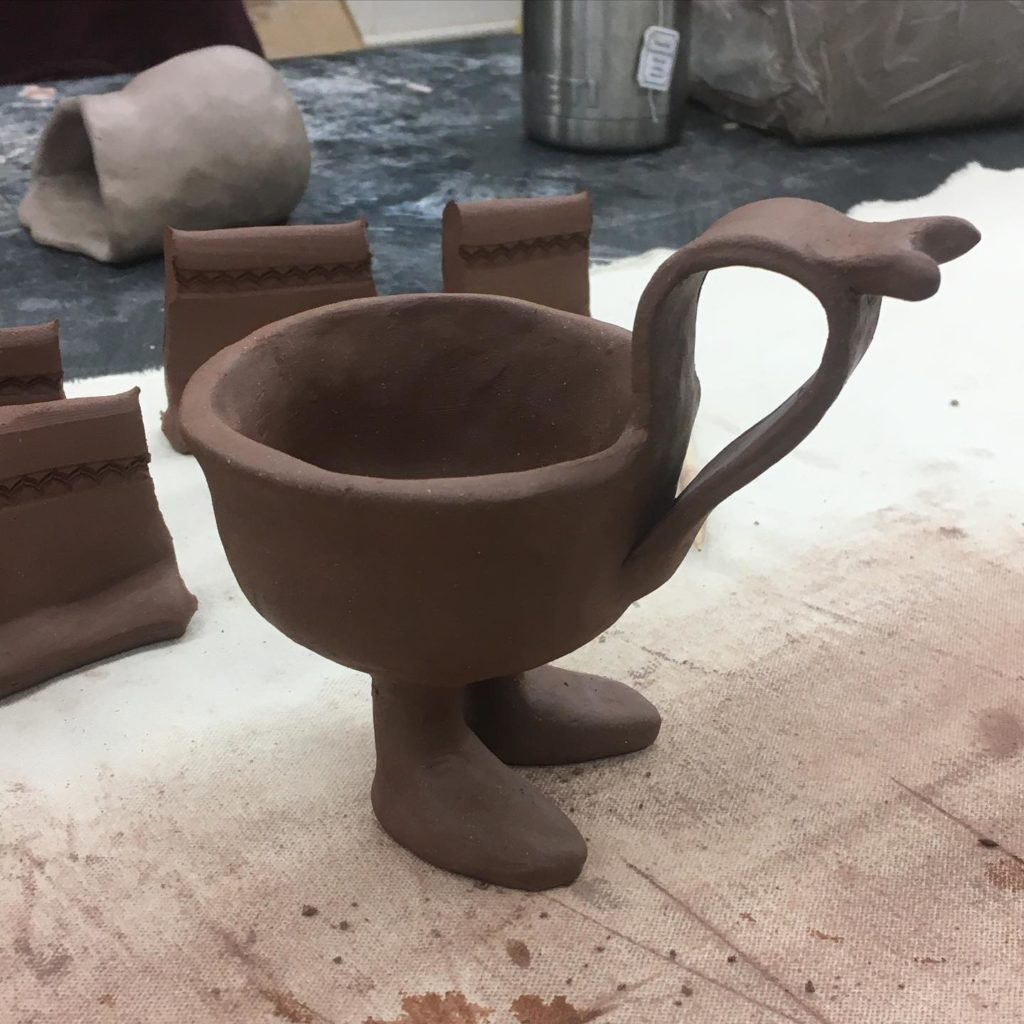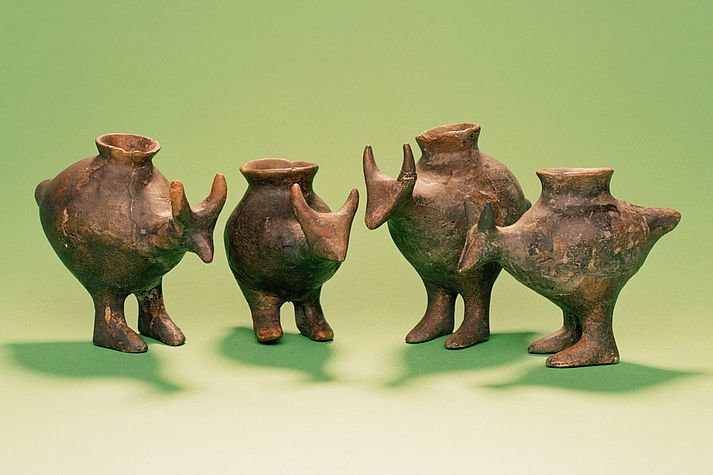Sure, but a fitness tracker can’t tell what behavioral changes will result in a change in your body fat percentage or a smaller waist.*
Last week, a Washington Post writer reported “Apple told me it does not track research about weight loss because that is not the focus of the Apple Watch.” So far, good. Then he added, “(That’s disappointing.)” I applaud Apple for declining to make weight claims, because a watch simply cannot “make” that happen. Changing your daily habits consistently enough to change your body in a sustainable way requires a lot of moving parts, and a fitness tracker isn’t a mind reader—it just collects and displays the information that the maker has set as defaults or that you ask it to display. Fitbit, in contrast to Apple, makes weight claims because it has gone in heavy with providing devices to wellness programs and other contexts that have (of course) additional information available for users.
A fitness tracker can nudge you in a particular direction, but you have to have at least the direction (if not a destination) in mind. Is it more steps? Is it more sleep? Is it a particular mix of high- vs moderate-intensity exercise? It is a number of minutes of exercise per week? is it spending less time sitting? It doesn’t know what’s important to you. And I don’t think any of them have integrated food records—food recording is a whole thing with enough twists and turns to earn a master’s degree, and the most a fitness tracker will do is import a calorie total from a dedicated food tracker. And that’s the other common theme, also hit in the article linked above—the writer even passes along the opinion of the WW Chief Scientific Officer to present the typical, binary-opposition response to any discussion of exercise and weight, “But a fitness gadget still can’t automate what Foster considers most important data in weight loss: what you eat.” Of course, says the CSO at the company dedicated to helping people adjust how and what they eat.
What you eat and what your activity pattern is, along with how much and how restfully you sleep, contribute to the condition of your body—from your health to your performance to your body fat percentage to your waist size to your alertness during the day, and on and on. Your fitness tracker can assess your sleep, too—sort of**—but again, just observing it (or including some nudges to remind you that it’s important) isn’t enough to make change happen. People rarely end up with unhelpful eating, activity, and sleep patterns because they want that; they have made a variety of choices against the backdrop of many external factors that are not always easy to change—or, in some cases, identify.
Fitness trackers are undermined by two main issues: People buying one for the first time don’t necessarily know what they want, and once they have one, they almost never know how to configure it to be most helpful. In the early years of Fitbit availability, they were often called “glorified pedometers,” and even the first release of Apple Watch was essentially in that category. There is nothing wrong with a glorified pedometer—for people who just want to nudge more activity into their day (lots of people!), tracking and gradually increasing daily steps is a great approach (and Apple kind of lives this strategy in its track record of offering simple initial versions of hardware and then building on them). But pedometers are simple enough that very little explanation is needed, and as these devices have become more and more glorified, one wonders if people are expecting more simplicity rather than less, as if every new capability is as easy to understand and act on as a steps goal.
Modern fitness trackers are not that simple, and people aren’t prepared to do homework when they get a fun new device (or have it given to them by a workplace wellness program). Someone on Quora recently asked whether it was OK that his watch showed well over 200 “heart points” for the week after he completed a 10k running event, because the “recommended” number of weekly “heart points” is 150. Which brings up another risk: that using a cutesy name to differentiate your exact same base fitness recommendations as every other device—based on CDC, WHO, and AHA† recommendations for the minimum recommended activity level—may increase the probability of that default being misinterpreted.
The WW expert said their users don’t use trackers consistently. This makes perfect sense. WW members don’t need to rely on a fitness tracker; WW is a supportive system that offers them an accounting method for food and basic activity tracking. Indeed, the WW points system is a really nice framework for approaching these things. The recent UCLA assessment of use of the Oura ring‡ (a very simple, screen-free device) found that personalized feedback based on fitness tracker results helps people improve their behaviors and get better results, a classic for the annals of “well, yeah,” but it’s important to have the data. And it’s not like this is easy; having live humans provide that feedback is labor-intensive and costly, and fitness trackers can’t offer that automatically. My own fitness tracker has an “insights” feature that is supposed to do something like this but has literally never, not one single time, told me anything other than the absolutely simplest thing to guess at and thus nothing insightful at all. I have configured that thing to kingdom come and look at it at least 25 times a day, and it still can’t figure out what I care about on its own.
Is it possible to build something inexpensive and easily accessed that can help a person get the most out of a fitness tracker from day 1? I think it could be done to some extent in a booklet or website—and working on a project like that sounds like a dream job to me—but it would go far beyond the user manual (“this option is on that screen”) and deep into helping people identify and prioritize different kinds of goals at a much more granular level than “fit into the clothes I used to wear.” Indeed, it would probably end up being a kind of choose-your-own-adventure curriculum of quizzes and knowledge base that would require a multidisciplinary team and regular updates to do well. Because at the end of the day, a fitness tracker is not a trainer or a coach (or a doctor or a dietician). It’s a compass. It can help you stay on your route, but it can’t plan the route for you.
—
*The notion of weight loss in and of itself is of no interest to me, and in many cases it is harmful. For example, weight loss is a common feature of serious illnesses such as cancer and dementia. A more rational goal is loss of excess body fat, and while there are no good, cheap, easy options for measuring that with precision, what most people are looking for in a way to track whether a “weight loss” plan is working (losing excess fat, not key body tissues) can be estimated from changes in waist measurement.
**Sleep tracking in a fitness tracker is generally a mix of accelerometer and heart rate data, trying to estimate a rest state from a lack of motion and using heart rate patterns that have been observed in sleep studies to be correlated with one sleep stage or another. Any avid “quantified self” enthusiast can tell tales of a watch that said they were in deep sleep while they were reading in bed or perhaps in REM sleep while playing a video game.
†CDC https://www.cdc.gov/physicalactivity/basics/adults/index.htm ; WHO, https://www.who.int/news-room/fact-sheets/detail/physical-activity ; AHA, https://www.heart.org/en/news/2018/08/21/google-just-launched-heart-points-here-are-5-things-you-need-to-know .
‡”Lifestyle Modification Using a Wearable Biometric Ring and Guided Feedback Improve Sleep and Exercise Behaviors: A 12-Month Randomized, Placebo-Controlled Study.” The study compared simply using the ring with some generic information provided with using the ring while also receiving personalized, reinforcing messages. You’ll never guess which group showed the most improvements. https://pubmed.ncbi.nlm.nih.gov/34899398/




